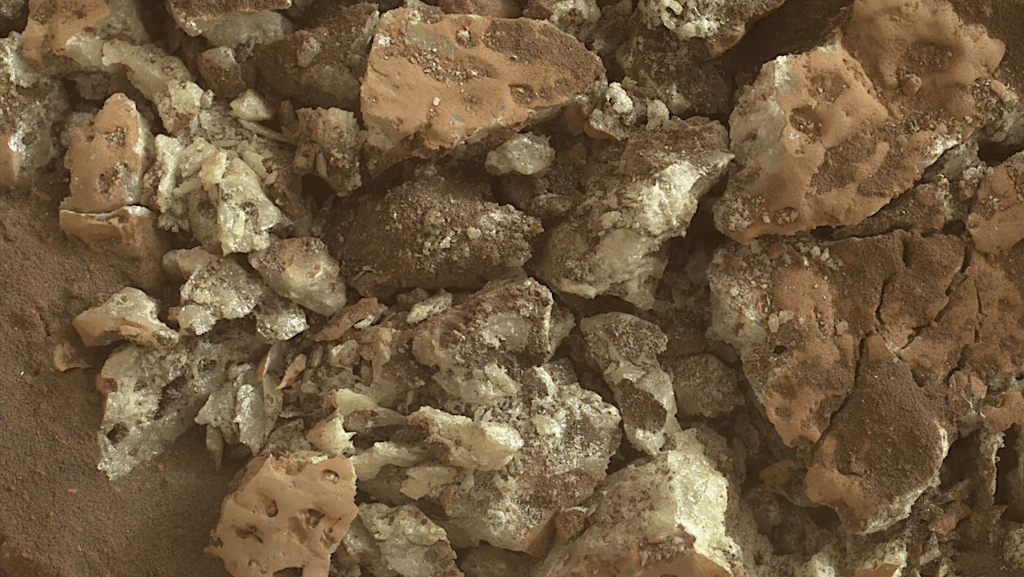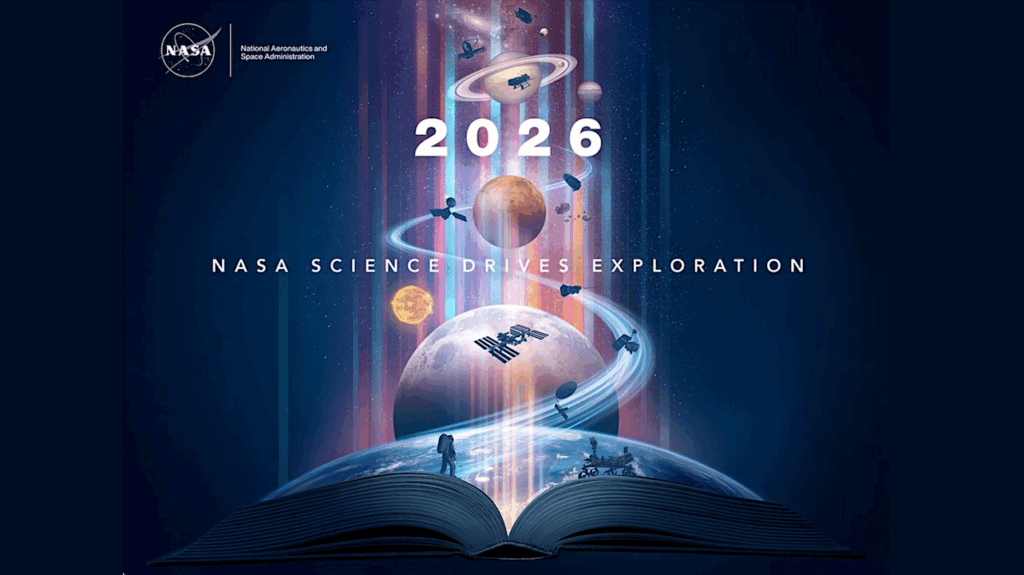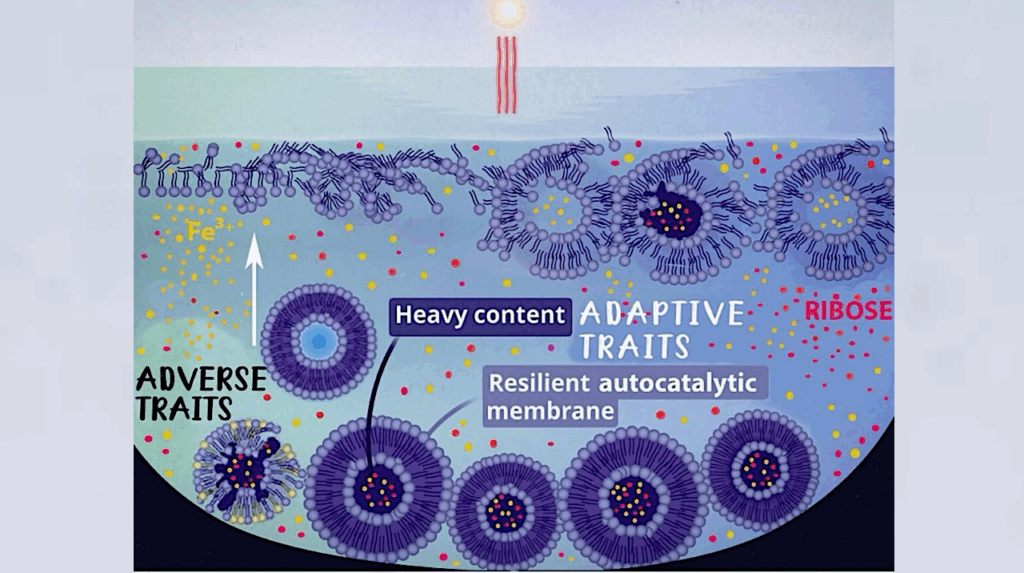Carbon-Chain Chemistry in the Interstellar Medium

The presence of carbon-chain molecules in the interstellar medium (ISM) has been known since the early 1970s and >100 such species have been identified to date, making up >40% of the total of detected ISM molecules.
They are prevalent not only in star-forming regions in our Galaxy, but also in other galaxies. These molecules provide important information on physical conditions, gas dynamics, and evolutionary stages of star-forming regions.
More complex species of polycyclic aromatic hydrocarbons (PAHs) and fullerenes (C60 and C70) have been detected in circumstellar envelopes around carbon-rich Asymptotic Giant Branch (AGB) stars and planetary nebulae, while PAHs are also known to be a widespread component of interstellar dust in most galaxies.
Recently, two line survey projects toward the starless core Taurus Molecular Cloud-1 with large single-dish telescopes have detected many new carbon-chain species, including molecules containing benzene rings.
These new findings raise fresh questions about carbon-bearing species in the Universe. This article reviews various aspects of carbon-chain molecules, including observational studies, chemical simulations, quantum calculations, and laboratory experiments, and discusses open questions and how they may be answered by future facilities.
Kotomi Taniguchi, Prasanta Gorai, Jonathan C. Tan
Comments: This is a review article submitted to the Publications of the Astronomical Society of Japan. Comments are welcome
Subjects: Astrophysics of Galaxies (astro-ph.GA); Solar and Stellar Astrophysics (astro-ph.SR)
Cite as: arXiv:2303.15769 [astro-ph.GA] (or arXiv:2303.15769v1 [astro-ph.GA] for this version)
Submission history
From: Kotomi Taniguchi Dr.
[v1] Tue, 28 Mar 2023 07:10:54 UTC (1,938 KB)
https://arxiv.org/abs/2303.15769
Astrobiology, Astrochemistry








